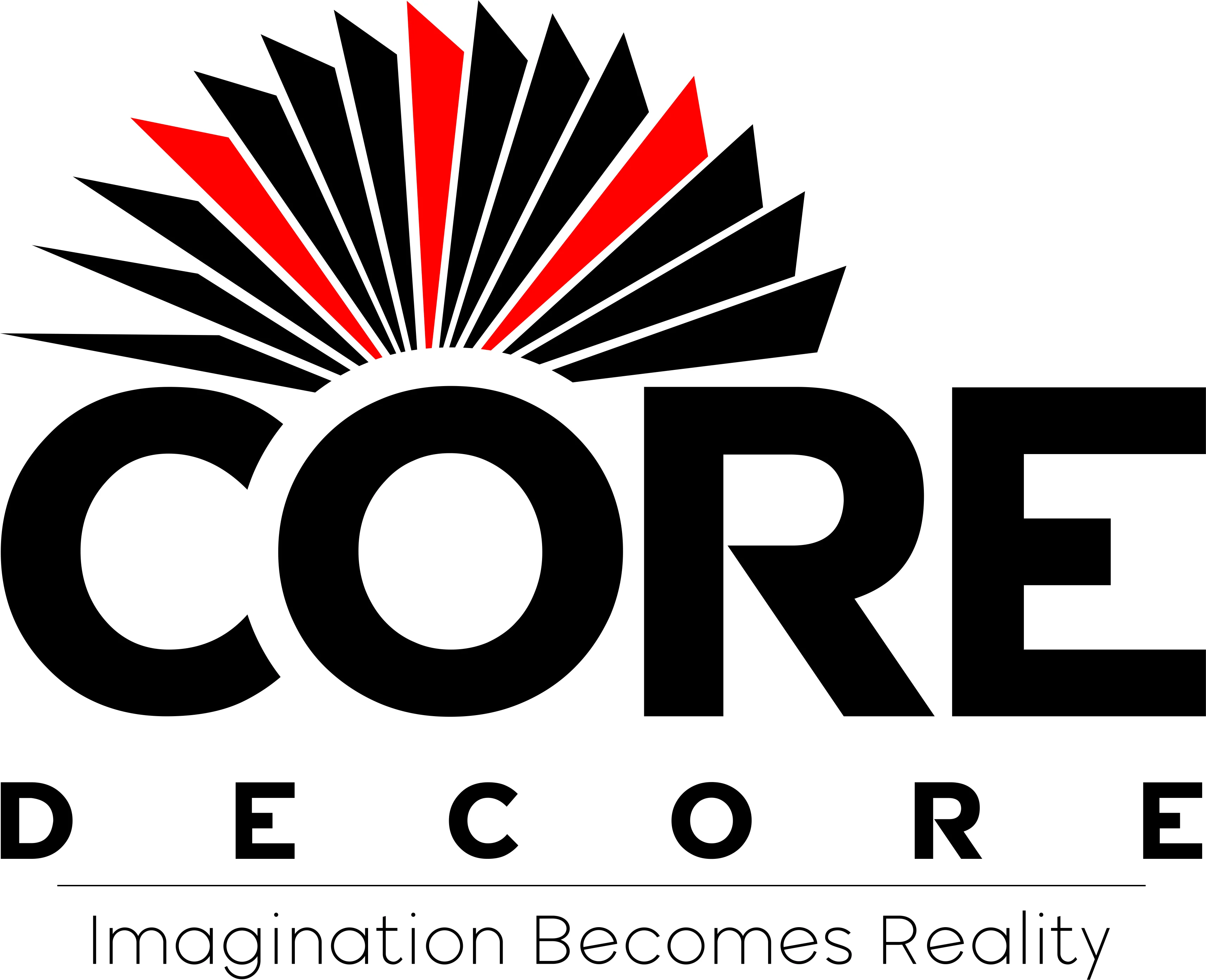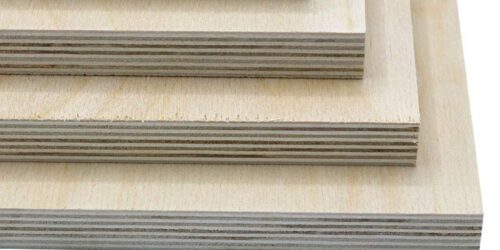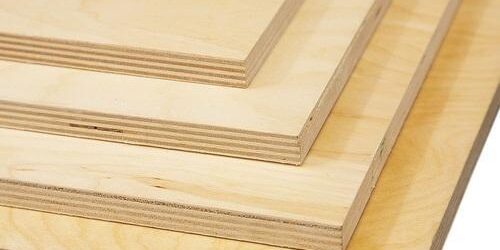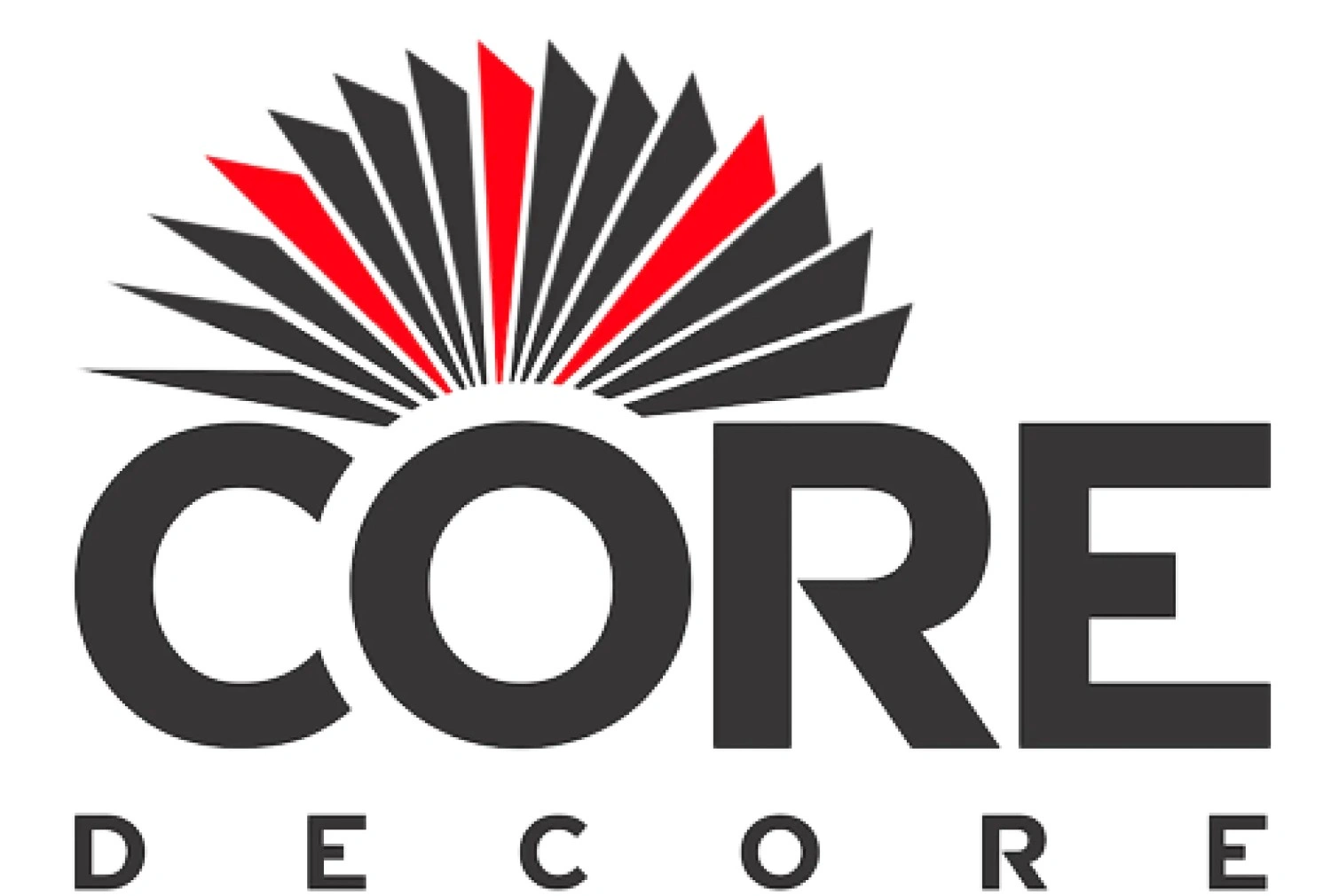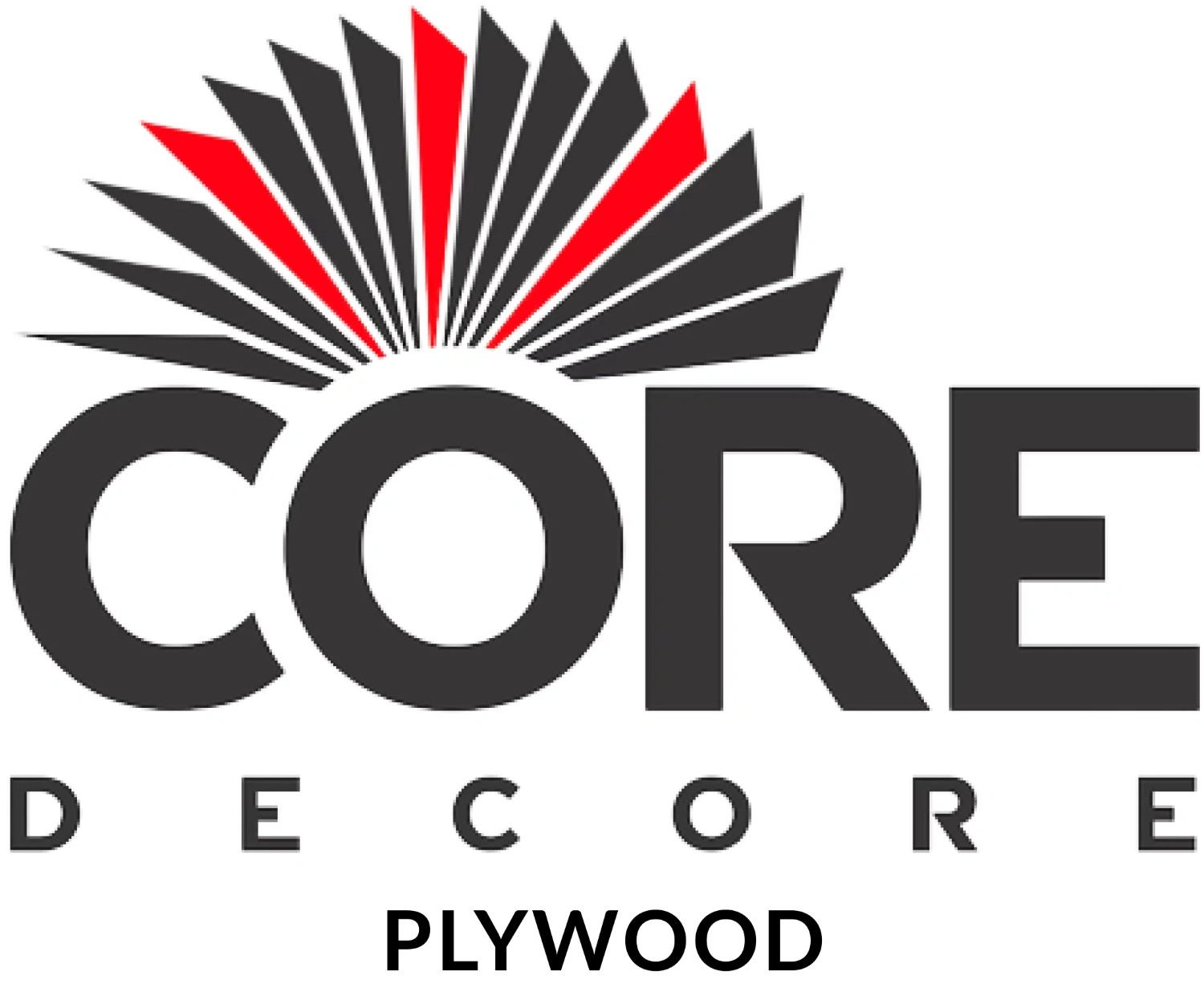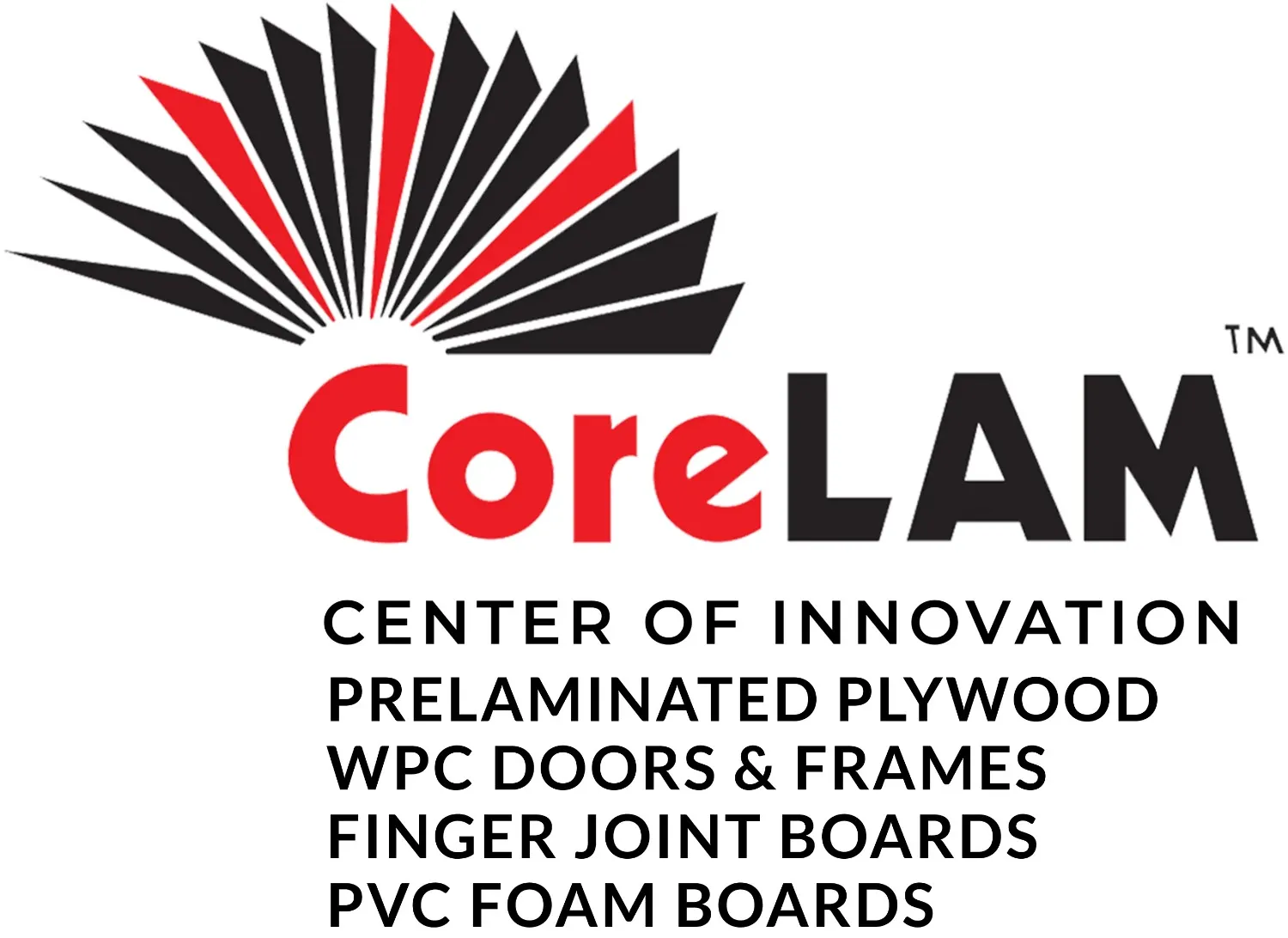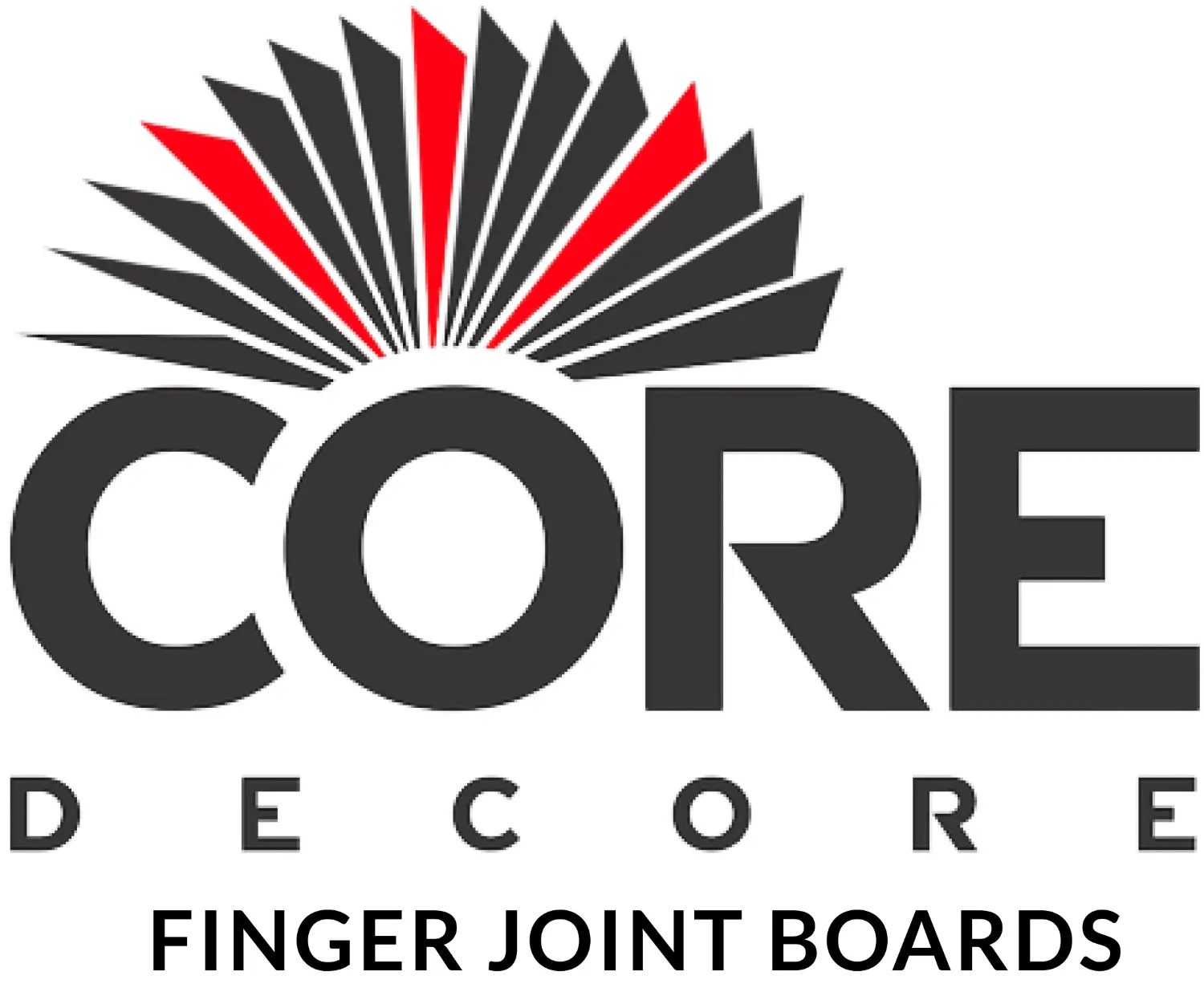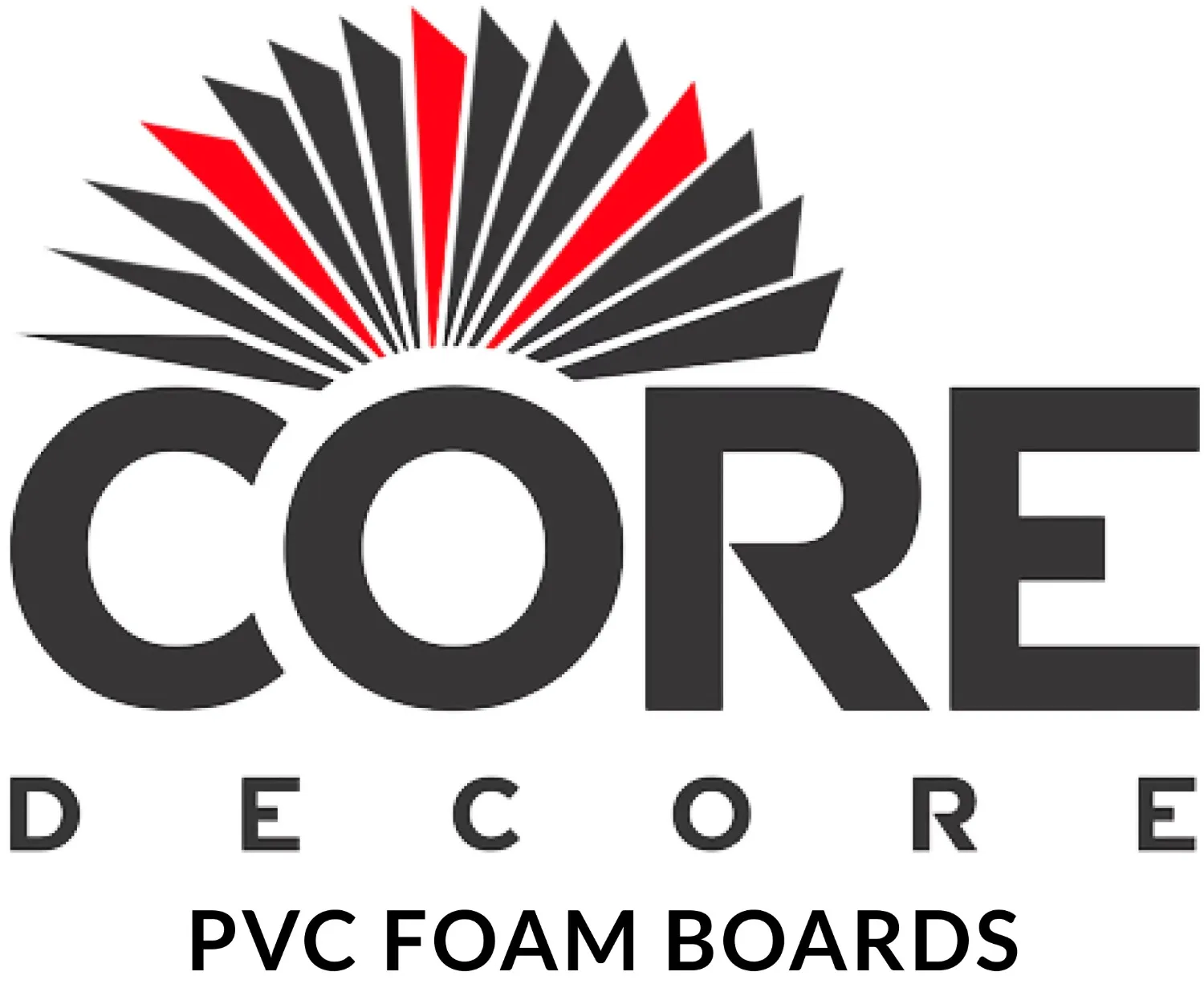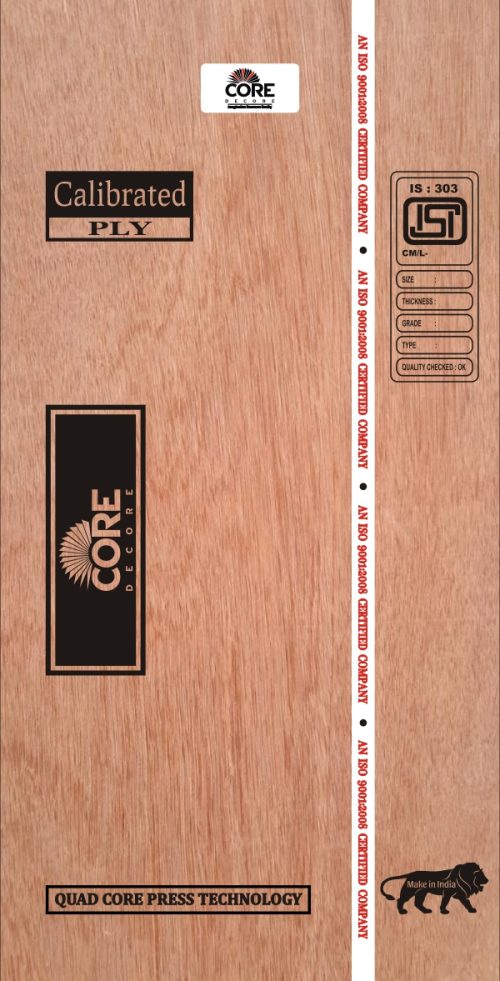
CT Trading Products
Everything You Need to Know About Calibrated Plywood
Embrace the exquisite beauty of Calibrated Plywood, transforming your space into a haven of elegance.
Back to the past: the history behind discovery/ invention:
Similar to other forms of plywood, calibrated plywood stole the spot in the industries where a smooth and even surface was crucial with the help of earlier advancement of technologies in wood manufacturing that was witnessed in the mid-20th century.
Question pops up:
What is the main difference between calibrated and normal plywood? The finishing process- the calibrated plywood undergoes perfect sanding which makes the thickness consistent throughout the plywood.
Popularity rate:
Calibrated plywood is highly used in architectural millwork which involves architectural details such as moldings.
Chopra Calibrated plywood- calibrated for seamless craftsmanship
Chopra’s calibrated plywood holds its crown in the plywood market for this perfect finishing and consistent thickness. This type of plywood is perfect for applications where thickness is a crucial one. The thickness consistency of Chopra’s calibrated plywood is achieved through an advanced calibration process. The calibration process involves initial sanding to remove extra material and irregularities. Then moisture content is removed and the main crucial step is the calibration sanding where the sanding machine has an inbuilt sensor that makes sure the thickness is consistent through the plywood. The following processes are quality inspection, final finishing, and packaging.

Applications of calibrated plywood:
- Interior design: Such as cabinets, flooring, and architectural details.
- Reliability: for perfect detailed woodwork.
Benefits of calibrated plywood:
- Consistent in thickness: ideal for many construction works.
- Cost-effectiveness: as wastage is less.
| CALIBRATED PLYWOOD | |||||||||||
| SIZES | THICKNESS | ||||||||||
| 8X4 | 19MM | ||||||||||
| 16MM | |||||||||||
| 12MM | |||||||||||
| 9MM | |||||||||||
| 6MM | |||||||||||

